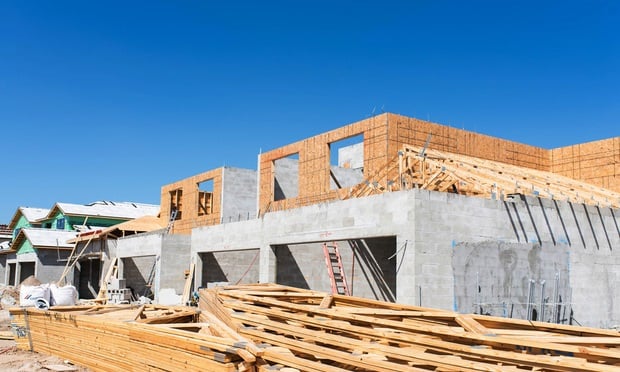(To read more on the multifamily market, click here.)
LOS ANGELES-Southern California's multifamily market should continue experiencing low vacancies and relatively high, stable rents, panelists at Real Estate Media's Apartments 2006 conference agreed. But problems with affordability, an overzealous condo craze and municipalities' involvement in housing means that investors and owners aren't out of the woods completely.
The conference was held yesterday at the Hollywood and Highland complex, which is home to the annual Academy Awards presentation. Real Estate Media group publisher and editorial director Michael Desiato kicked off the event, making opening remarks to the more than 1,300 attendees, made up of brokers, developers, architects, and people from the financial sector.
Keynote speaker Ric Campo, chairman and CEO of Camden Property Trust, followed, with a bullish outlook on the national apartment market.
Recommended For You
Want to continue reading?
Become a Free ALM Digital Reader.
Once you are an ALM Digital Member, you’ll receive:
- Breaking commercial real estate news and analysis, on-site and via our newsletters and custom alerts
- Educational webcasts, white papers, and ebooks from industry thought leaders
- Critical coverage of the property casualty insurance and financial advisory markets on our other ALM sites, PropertyCasualty360 and ThinkAdvisor
Already have an account? Sign In Now
*May exclude premium content© 2025 ALM Global, LLC, All Rights Reserved. Request academic re-use from www.copyright.com. All other uses, submit a request to [email protected]. For more information visit Asset & Logo Licensing.








